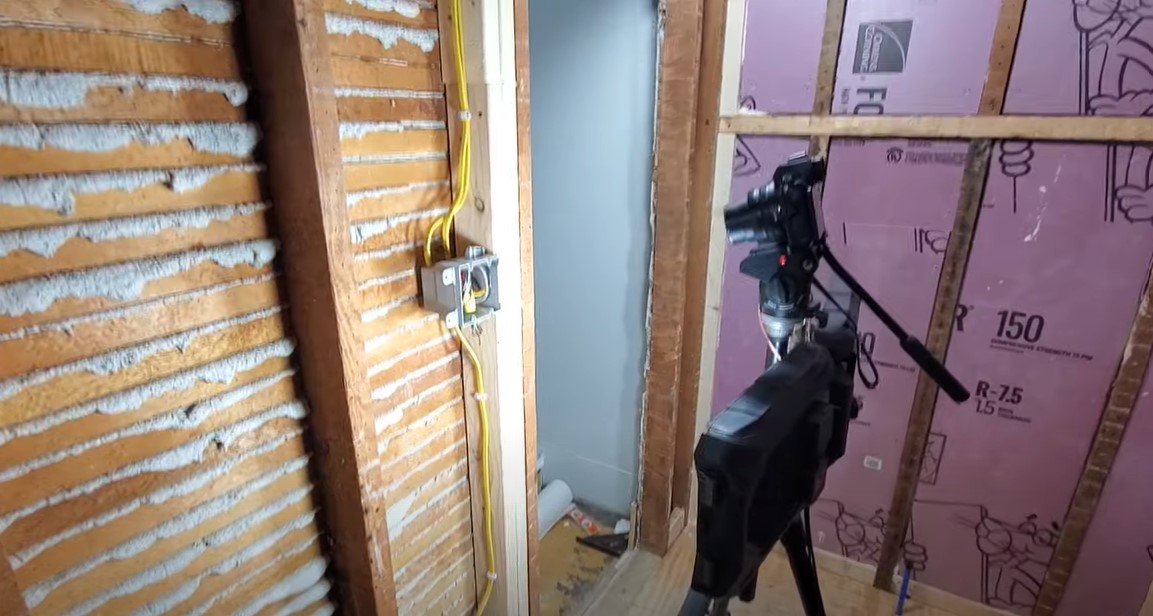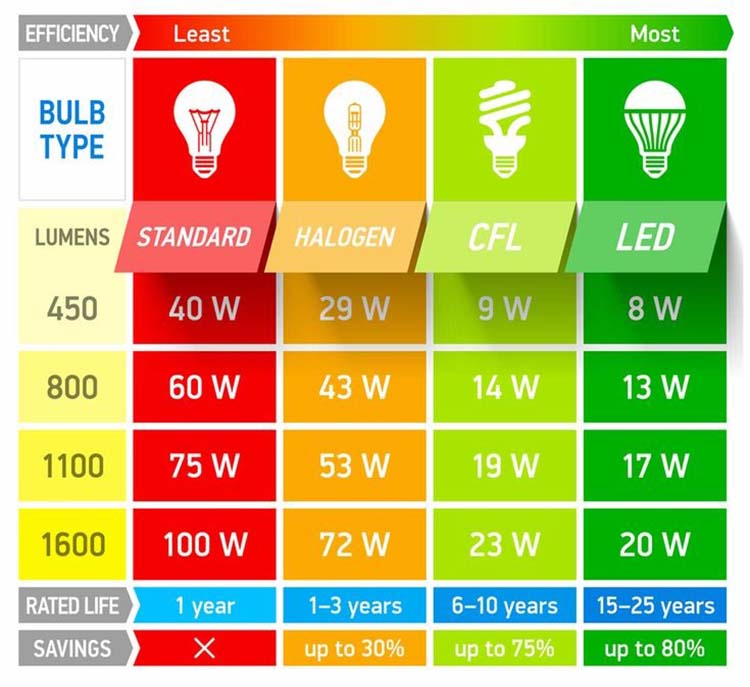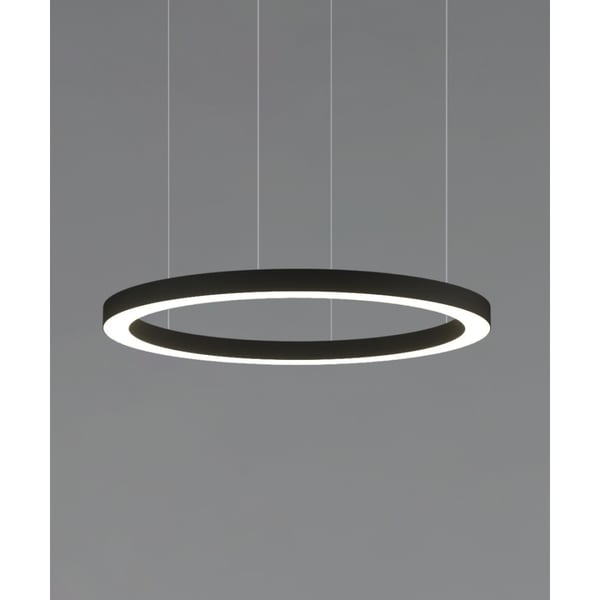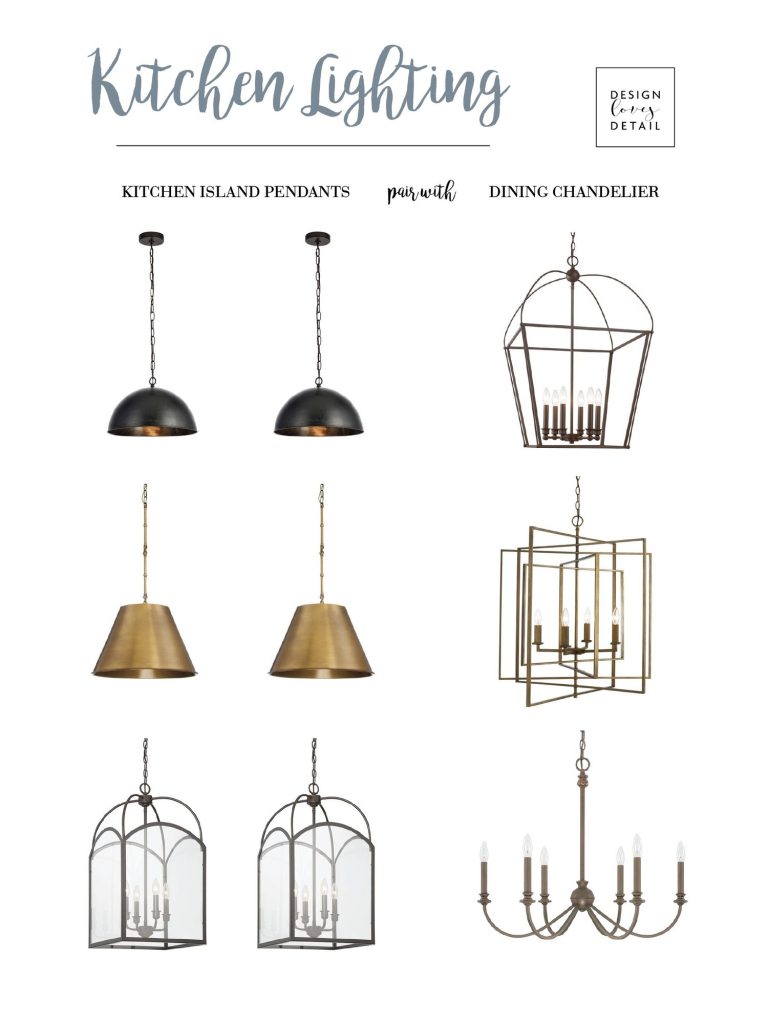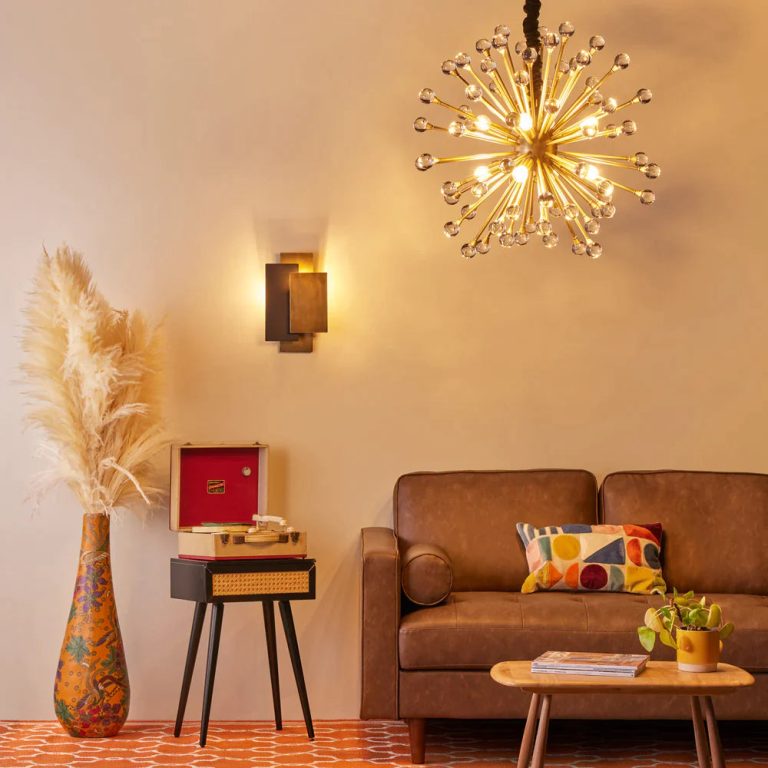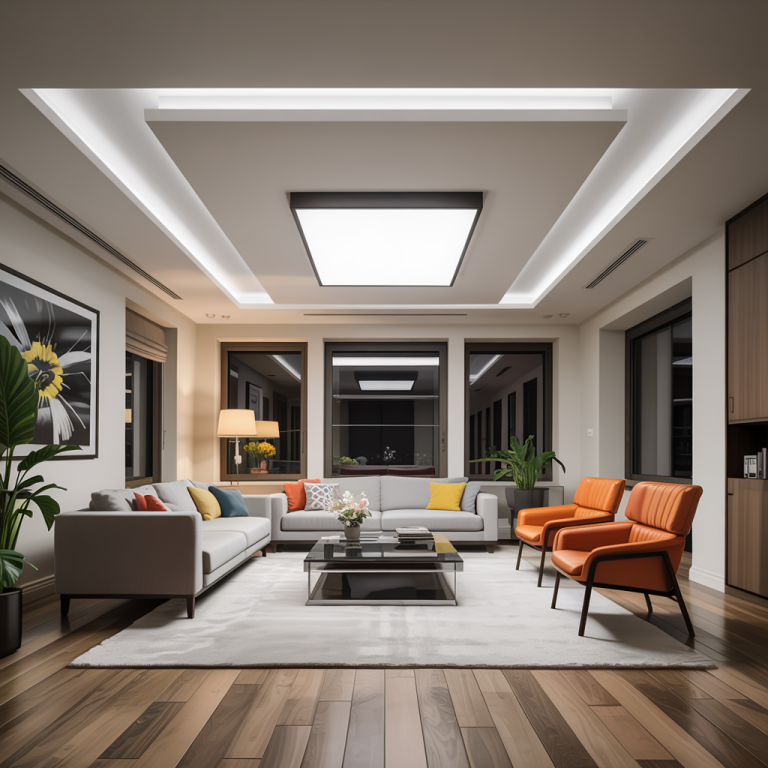Can Bathroom Lights And Outlets Be on Same Circuit? Safety Insights
Can Bathroom Lights And Outlets Be on Same Circuit? Yes, bathroom lights and outlets can be on the same circuit if they are protected by a GFCI (Ground Fault Circuit Interrupter). However, the NEC recommends that outlets have a separate 20-amp circuit. Local codes may vary, so always check with a licensed electrician.
It’s a common question that many homeowners grapple with. Understanding the electrical circuits in your bathroom is not just about compliance with building codes, but also about ensuring safety and efficiency in your home. Imagine the inconvenience of a tripped circuit that leaves you in the dark during your morning routine.
By addressing this question, you can avoid potential pitfalls and make informed decisions that enhance your bathroom’s functionality. Stick around, and we’ll shed light on this topic, helping you navigate the complexities of bathroom wiring with ease.
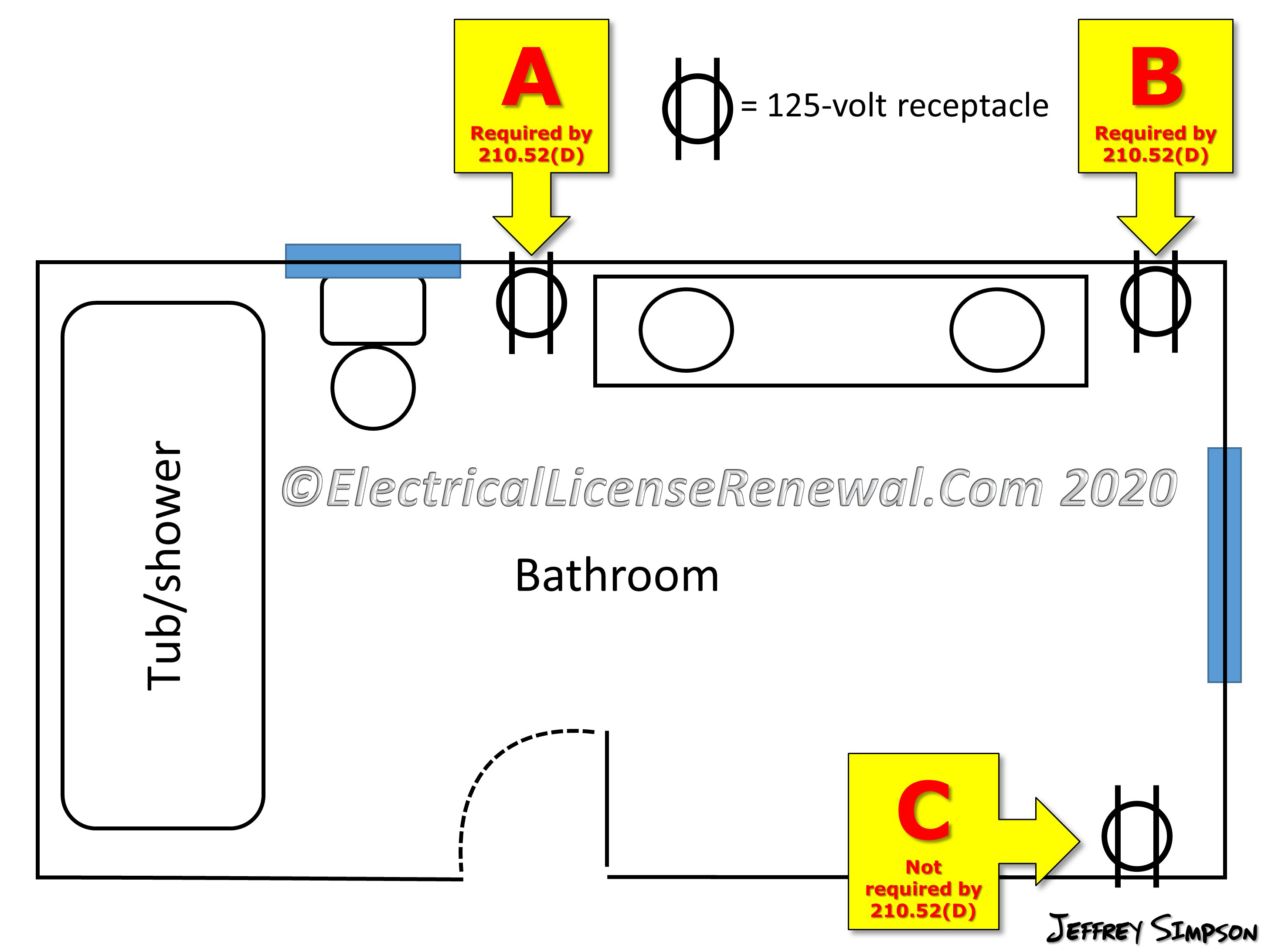
Credit: www.electricallicenserenewal.com
Can Bathroom Lights And Outlets Be on Same Circuit?
Electrical Circuit Basics
Bathroom lights and outlets can often share the same circuit, but safety rules must be followed. Using a GFCI (Ground Fault Circuit Interrupter) for bathroom outlets helps prevent electrical hazards. Always check local electrical codes before making changes to ensure compliance and safety.
When renovating your bathroom, understanding electrical circuit basics is crucial. It’s not just about picking the right fixtures or colors; safety and functionality are paramount. Let’s delve into the essentials of electrical circuits to help you make informed decisions about bathroom lights and outlets sharing the same circuit.
Understanding Electrical Circuits
An electrical circuit is a path that allows electricity to flow. It typically consists of a power source, conductors, and a load. In your home, this means the electricity flows from the main panel through wires to power your lights and outlets. Does this sound straightforward? It can be, but there are specific rules to ensure safety and efficiency. For example, circuits need to be appropriately rated to handle the electrical load.
Components Of A Circuit
A circuit includes several components, each playing a vital role. The circuit breaker is a safety device that stops the current flow if there’s too much demand. Wires are the pathways that carry the electricity, and they come in different sizes based on the load requirements. The load could be anything from a light bulb to a hairdryer. Each component must be compatible and correctly configured.
Why Circuit Ratings Matter
Circuit ratings are essential to prevent overloading and potential hazards. If a circuit is overloaded, it could trip the breaker or even cause a fire. You might think more is better, but overloading a circuit is dangerous. Always ensure your circuit’s rating matches the appliances and fixtures you plan to use.
Code Requirements For Bathroom Circuits
Bathrooms have specific electrical codes to follow. These codes are designed to protect against the unique hazards of moisture and high usage. For example, the National Electrical Code (NEC) has strict guidelines on circuit requirements. It’s crucial to know and follow these codes to ensure safety and compliance.
Practical Tips For Circuit Planning
When planning your bathroom’s electrical needs, think about your daily routines. Do you often use multiple devices simultaneously? Consider the power demands of hairdryers, electric shavers, and heated towel racks. It’s wise to plan circuits that can handle your lifestyle. Consult a licensed electrician to ensure your setup is safe and efficient. They can help you decide if combining lights and outlets on the same circuit is feasible.
Engage With Your Project
Are you ready to tackle your bathroom renovation? Keep asking questions and seeking expert advice. Understanding electrical circuit basics can save you headaches and ensure your bathroom is a safe and functional space. So, what’s your next step in your renovation journey? Dive in with confidence!
Safety Regulations For Bathroom Wiring
When it comes to bathroom wiring, safety regulations are crucial. Proper wiring ensures your bathroom is not only functional but safe for you and your family. Understanding these regulations helps you make informed decisions about your bathroom’s electrical setup.
Understanding Nec Guidelines
The National Electrical Code (NEC) is your go-to for safety standards. It sets the rules for electrical installations in bathrooms. You need to ensure your bathroom complies to avoid hazards.
NEC mandates that bathroom outlets must have ground fault circuit interrupters (GFCIs). These protect against electrical shocks from water exposure. Have you ever wondered why you sometimes see those little buttons on bathroom outlets? That’s the GFCI keeping you safe!
Separate Circuits For Lights And Outlets
Can bathroom lights and outlets be on the same circuit? Technically, yes, but it’s not recommended. NEC advises separate circuits to prevent overloads. Imagine running a hairdryer and a heater simultaneously and tripping the circuit. Frustrating, right?
Having separate circuits ensures your lights stay on even if an outlet trips. This setup is safer and more convenient. Ask yourself: is the risk of combining circuits worth the potential inconvenience?
The Role Of Local Codes
Don’t forget about local building codes. These can vary from one area to another. They might have additional requirements beyond NEC standards. Local codes ensure your bathroom setup is tailored to specific regional needs.
Consulting with a local electrician ensures compliance with both NEC and local codes. It’s a proactive step towards a safe bathroom. Have you checked your local regulations lately?
Hiring A Qualified Electrician
Hiring a qualified electrician is crucial for bathroom wiring. They bring expertise and ensure all safety standards are met. Remember, DIY can be tempting, but electrical work demands professional skills.
Professional electricians can spot potential issues you might miss. It’s not just about wiring; it’s about ensuring a safe environment. Would you risk safety for a small saving?
Incorporating these insights into your bathroom wiring decisions enhances safety. You’re not just investing in functionality; you’re investing in peace of mind. Are you ready to prioritize safety in your bathroom wiring setup?
Pros And Cons Of Shared Circuits
Sharing circuits between bathroom lights and outlets raises important considerations. It can offer practical benefits, but also poses challenges. Understanding the pros and cons can help make informed decisions for your home’s electrical setup.
Pros Of Shared Circuits
Shared circuits can save installation costs. Fewer circuits mean less wiring and equipment. This reduces complexity during setup. Homeowners might find this appealing for budget reasons.
Space-saving is another benefit. With fewer circuits, your electrical panel remains uncluttered. This could be crucial in smaller homes. It helps maintain a neat and organized electrical system.
Cons Of Shared Circuits
Shared circuits may lead to overload. Bathroom appliances like hair dryers require high power. Combining lights and outlets can strain the circuit. This increases the risk of tripped breakers.
Safety concerns arise with shared circuits. Water and electricity are a dangerous mix. Separate circuits minimize risks in bathrooms. Ensuring safety in wet areas is essential.
Convenience can be affected by shared circuits. If one device causes a trip, others are impacted. This can be frustrating during daily routines. Separate circuits offer more reliability.
Impact On Circuit Load And Performance
Understanding the impact of combining bathroom lights and outlets on the same circuit is crucial. It can influence the circuit’s load and overall performance. This setup might seem convenient, but it requires careful consideration. Ensuring safety and efficiency is paramount.
Impact Of Circuit Load
Combining lights and outlets increases the circuit load. Every device connected draws power, adding strain. Bathroom appliances often need more energy than lights. Hairdryers and electric razors can demand significant power. Excessive load can cause circuit breakers to trip frequently. This leads to inconvenience and potential safety hazards.
Performance Concerns
Performance issues arise when the circuit is overloaded. Lights may flicker or dim unexpectedly. The problem increases with high-demand devices. Continuous strain affects electrical components, shortening their lifespan. Poor performance can also result from inadequate wiring. Proper installation is essential to maintain functionality.
Safety Implications
Safety is a major concern with shared circuits. Overloading can lead to overheating. This poses a fire risk. Bathroom environments are often damp. Water exposure increases electrical hazard potential. Ensuring the circuit has adequate capacity is vital. Proper grounding and circuit protection are necessary for safety.
Energy Efficiency
Energy efficiency declines with overloaded circuits. Devices consume more power than needed. This leads to higher electricity bills. Efficient circuit management helps reduce waste. Separate circuits for lights and outlets enhance efficiency. It allows optimal performance without overburdening the system.
Expert Tips For Safe Bathroom Wiring
Combining bathroom lights and outlets on the same circuit requires careful planning for safety. Ensure proper load calculations to avoid overloading. Consult a professional to comply with electrical codes and maintain functionality.
When considering the wiring for your bathroom, safety is a top priority. Ensuring that your bathroom lights and outlets function properly without posing any risks can be challenging. However, with a few expert tips, you can navigate this task with confidence.
Ensure Proper Circuit Load
Always calculate the total load on a circuit before adding lights and outlets. Overloading a circuit can lead to frequent tripping of the circuit breaker, which is both inconvenient and potentially dangerous. For example, if your bathroom lights and outlets are on the same circuit, make sure the total wattage does not exceed 80% of the circuit’s capacity.
Use Gfci Outlets
Ground Fault Circuit Interrupter (GFCI) outlets are a must in bathrooms. They protect against electrical shock by cutting off power if a ground fault is detected. Installing GFCI outlets ensures a safer environment, especially in a space where water is frequently present.
Separate Circuits For High-power Devices
If your bathroom includes high-power devices like a hairdryer or electric heater, consider placing them on a separate circuit. High-power devices draw a significant amount of electricity, which can strain a shared circuit. This separation minimizes the risk of overloading and ensures consistent power supply.
Regular Maintenance And Checks
Routine inspections can catch potential issues before they become serious. Checking for signs of wear or damage in your bathroom wiring is a proactive step in maintaining safety. Simple tasks, like ensuring your outlets are not loose, can prevent accidents and prolong the life of your electrical system.
Consult A Professional
When in doubt, seek professional advice. Electricians have the expertise to evaluate your bathroom’s wiring needs and provide tailored solutions. Their experience can offer peace of mind and ensure that your wiring meets all safety standards. Have you ever flipped a switch and wondered if the lights would flicker or the outlet might not work? These simple checks and adjustments can make all the difference in creating a safe and reliable bathroom space. By prioritizing safety and functionality, you not only protect your home but also enhance your peace of mind.

Credit: www.electricallicenserenewal.com

Credit: diy.stackexchange.com
Frequently Asked Questions
Can Bathroom Lights Share A Circuit With Outlets?
Yes, but there are safety considerations. Ensure the circuit can handle the load. Check local electrical codes.
Is It Safe To Combine Lights And Outlets On One Circuit?
It can be safe if done correctly. Use GFCI outlets for protection. Avoid overloading the circuit.
What Are Electrical Code Rules For Bathroom Circuits?
Codes vary by location. Typically, GFCI protection is required. Consult a licensed electrician for specifics.
Conclusion
Bathroom lights and outlets can share a circuit. It’s crucial to check local codes. Safety matters most in any setup. Consult an electrician for advice. They ensure proper installation. This prevents potential hazards. Balancing power use is key. Avoid overloading circuits.
Plan your bathroom wiring carefully. Consider the energy needs of each device. This can help with efficient power use. Be mindful of voltage requirements. Choose safe, reliable components. It’s always wise to prioritize safety in electrical setups. Proper planning leads to a functional bathroom space.
Related Article

